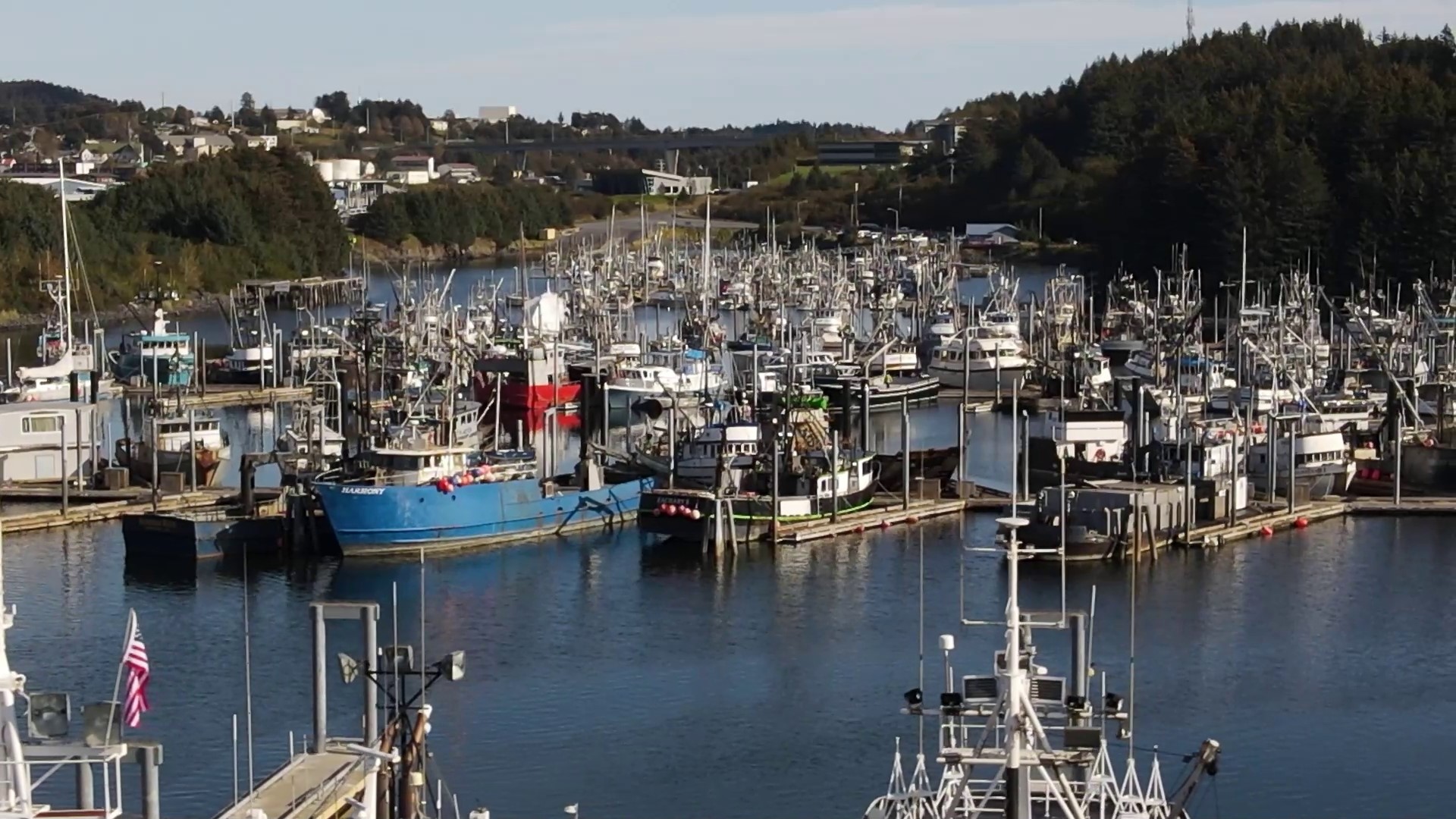KODIAK, Alaska — Snow crabs are creatures that historically have filled Alaska's Bering Sea. That's why when they vanished, everyone was caught off guard.
State of Alaska Researcher Ben Daly said in 2021, the fishery had looked healthy.
"Out of nowhere, the stock collapsed," Daly said.
Daly's message was echoed by National Oceanic and Atmospheric Administration Biologist Erin Fedeway after a 2021 study showed approximately 10 billion Bering Sea snow crab vanished from Alaska's waters in just three years.
They've looked at multiple answers trying to figure out where these crabs may have gone.
"It's either a mortality event, right, the crab are not there, they all died, or our survey gear didn't sample them whether or not that's because they moved, you know, either west or north.
Did the crabs migrate?
Scientists do not believe the crabs migrated somewhere else because surrounding waters have not seen an increase in crabs.
"It's not really assumed that that 10 billion of those small snow crab, that don't typically undertake long migrations, like that just up and left," Fedeway said.
Is overfishing to blame?
Scientists also don't believe overfishing caused this current issue because the crabs that went missing are young, so they're too small for commercial fishing and would likely be too small for crab pots anyway.
Warming oceans
"We believe the population decline for Bering Sea Snow Crab is largely due to natural mortality events due to fluctuating environmental conditions," Daly said.
Alaskan scientists believe a key part of this puzzle is the water temperature of Alaska's Bering Sea.
Snow crabs prefer cold water, usually between zero to one degree Celsius. But 2018 and 2019 brought record-warm waters to the Bering Sea with temperatures above three degrees Celsius.


Scientists don't think the warm water directly killed the crabs, but it was likely a domino effect.
"In some ways, it's sort of telling that that temperature could be the red flag in this situation," Fedeway said. "We as scientists are still trying to understand how that relationship plays out."
Multiple, indirect environmental impacts
Scientists' best guess is these crabs died from multiple, indirect impacts from the warm water, likely a combination of problems stemming from crabs cramming together and cold pools, ultimately spreading disease or fighting for food.
"You know, in terms of the future for Bering Sea crab populations, I don't know what's going to happen," Daly said. "I'm very hopeful that they'll rebound. Really what we need is for the environment to kind of revert back to its cold conditions."
Can the Bering Sea snow crab population be restored?
There is a glimmer of hope. Data for 2022 and 2023 shows temperatures are almost back to normal in the Bering Sea. But it does not mean it will stay that way.
"We really need cold conditions to return to the Bering Sea to promote, you know good population growth and however, global climate change is an ongoing issue that we're struggling with understanding and understanding how best to manage these fisheries in light of that," Daly said.
For now, they are managing by canceling the Bering Sea snow crab fishery season.
Scientists say juvenile crab numbers are increasing, which is a positive sign, but it will take at least a few years for those crabs to mature to catchable size. Plus, Fedeway adds that just because we see the young crabs now does not mean they will still be there in a few years, as the 2018-2021 period showed.
NOAA researchers are devoting a lot of time to understanding the crab. They observe everything from functional maturity, the growth time of the crab before and after they molt, how they handle different water temperatures and more.
Watch the full walking tour of the NOAA facility with Biologist Erin Fedeway below:

